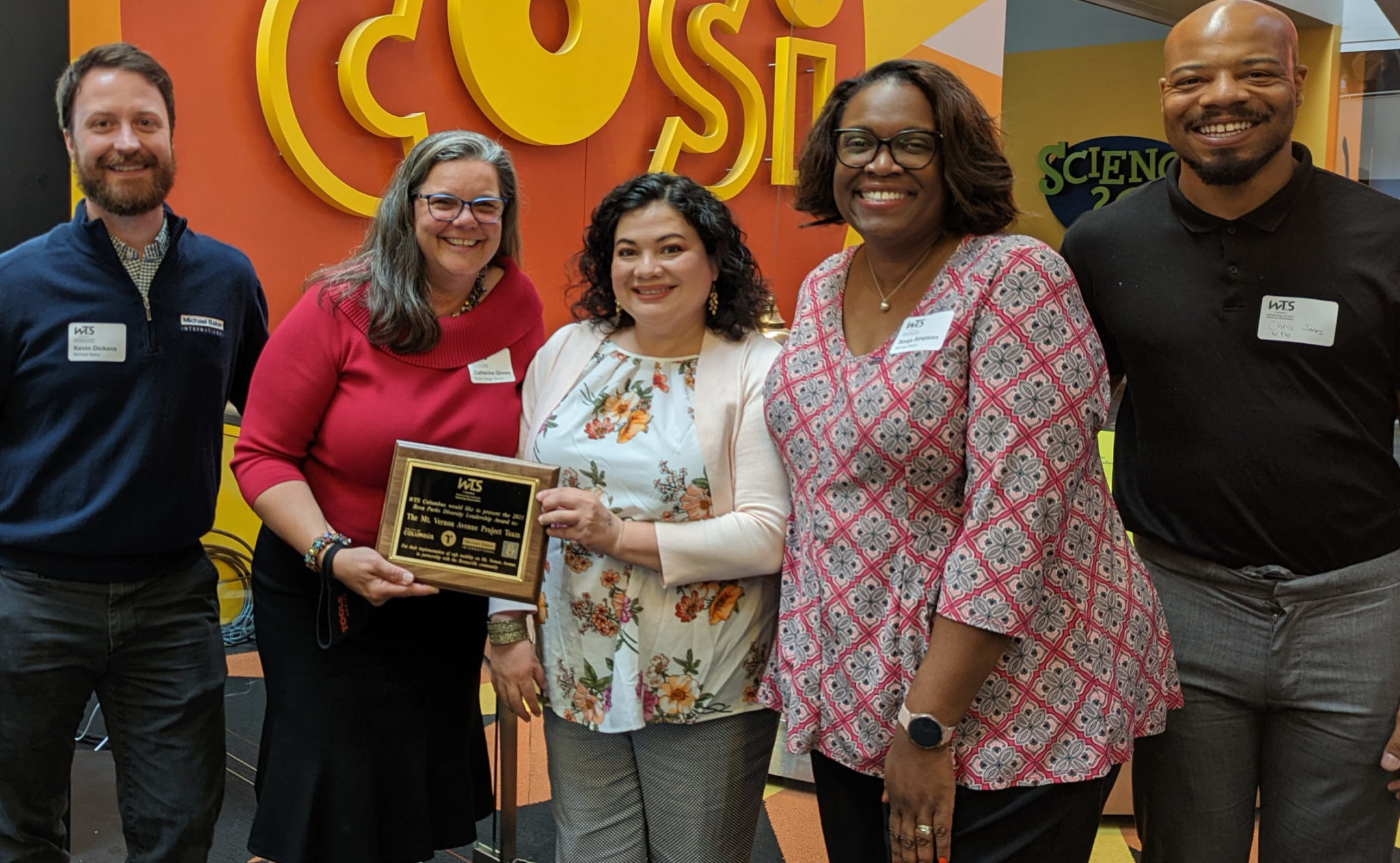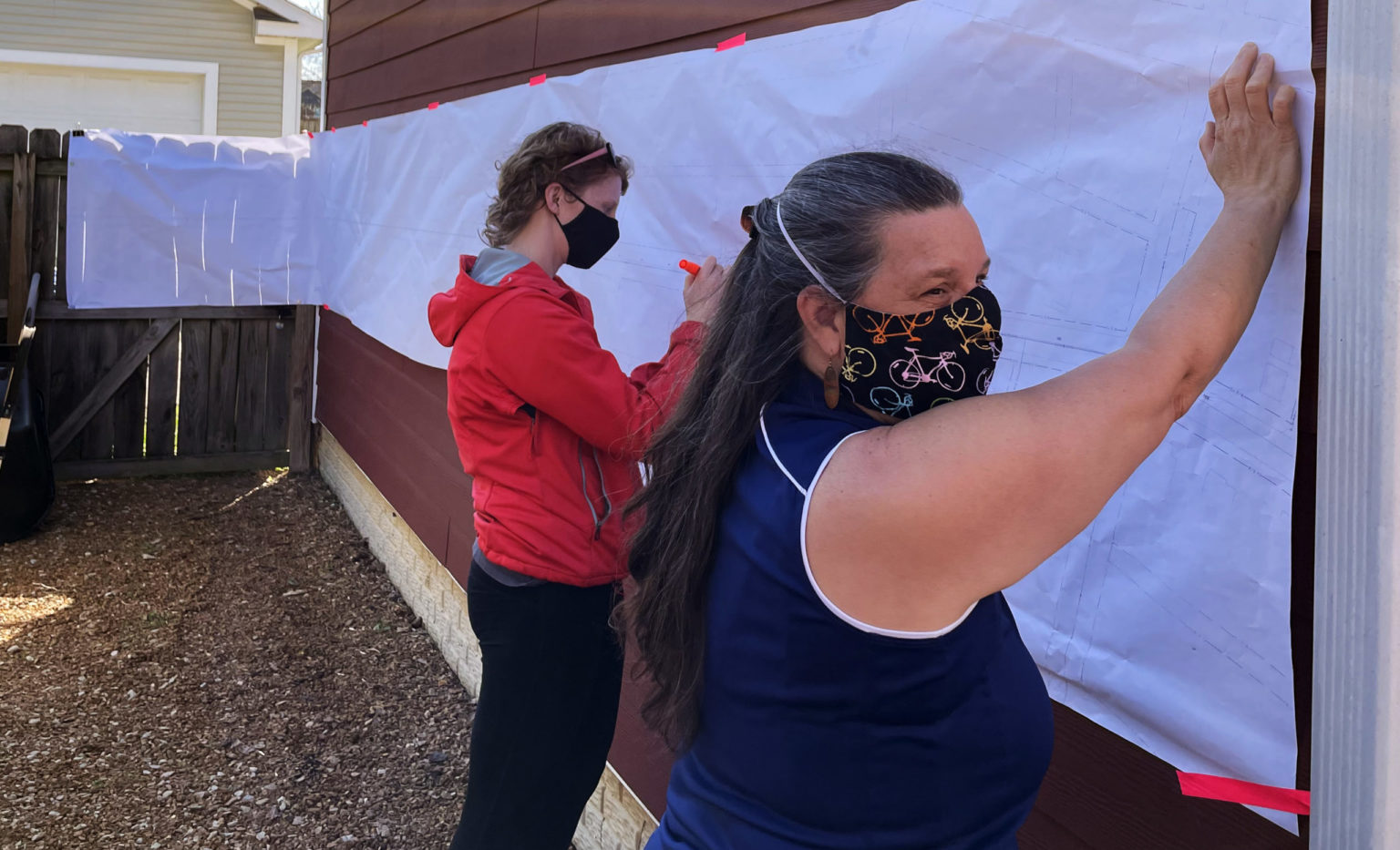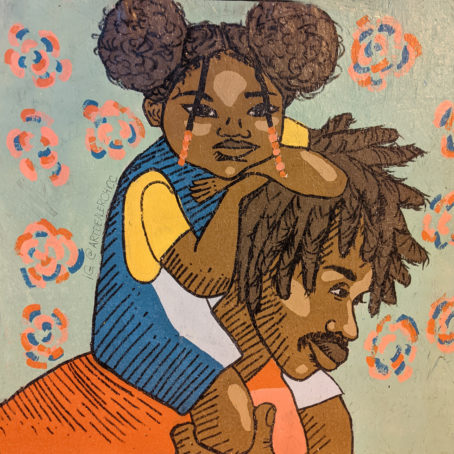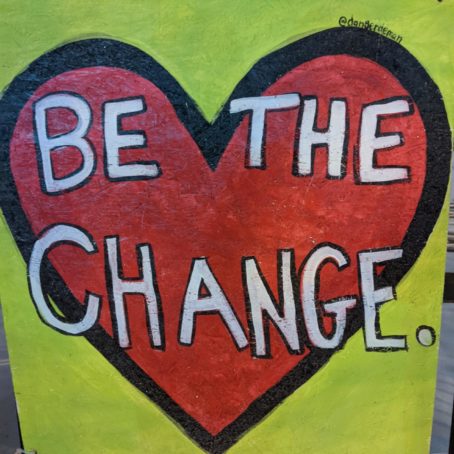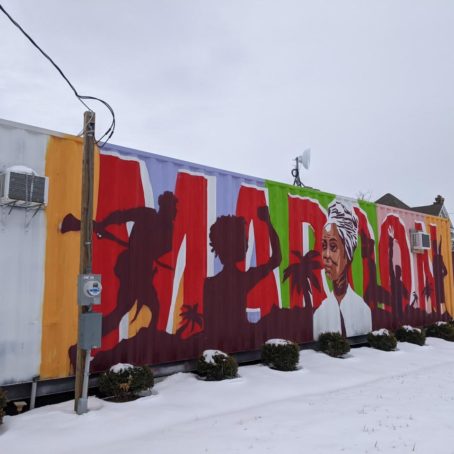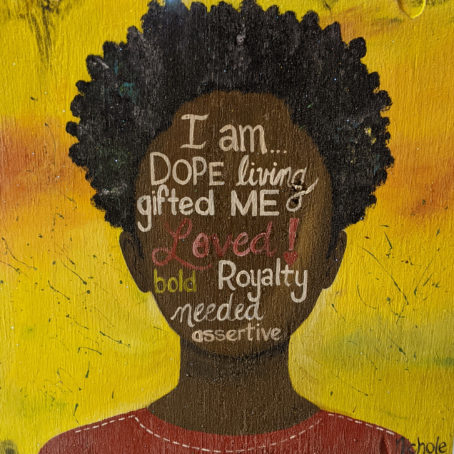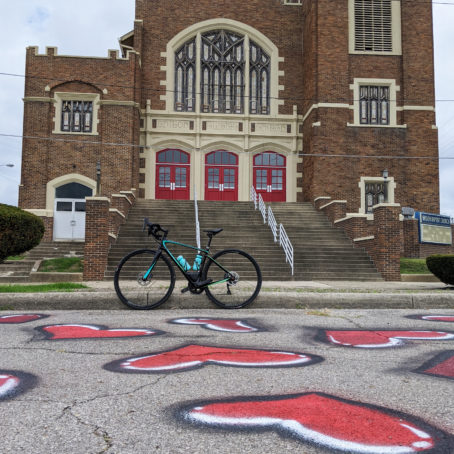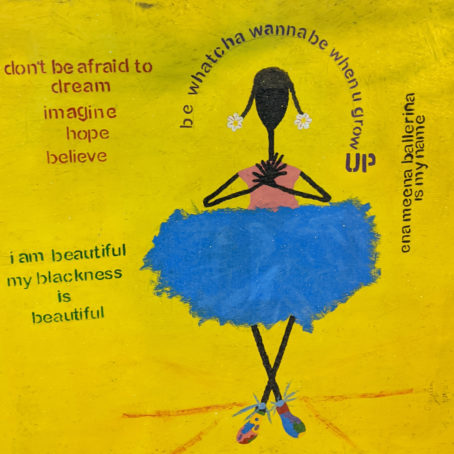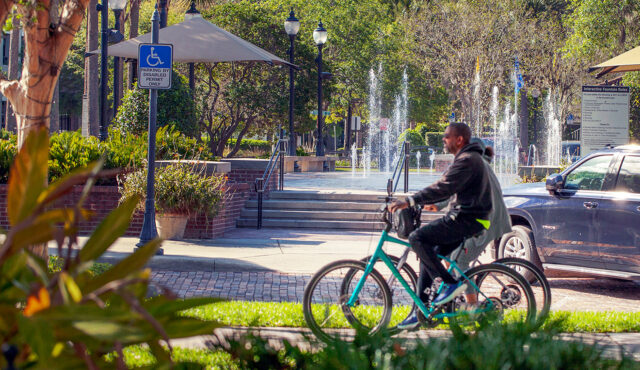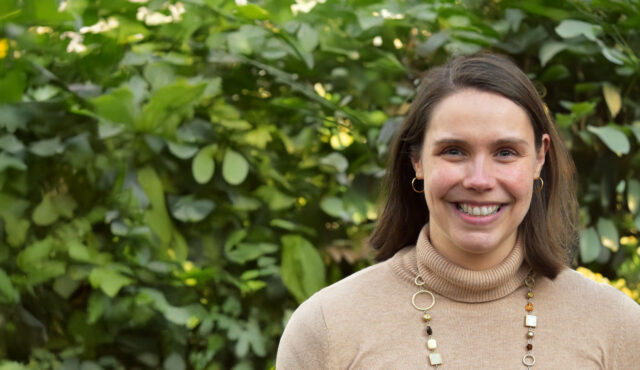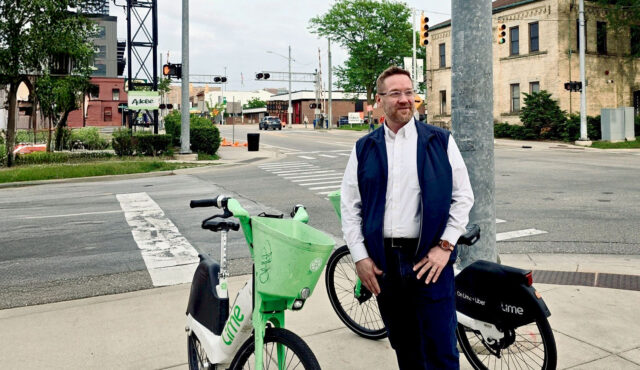Once known as the “Million Dollar Mile,” Mount Vernon Avenue in the Bronzeville neighborhood of Columbus, Ohio, was a hub of Black wealth, culture, and society — until Interstate 71 split the neighborhood in two. The decades that followed brought displacement, underinvestment, and unmet promises to the community. Unsurprisingly, a lack of investment in Bronzeville has meant a lack of safe infrastructure for people walking, rolling, and using transit.
To address these unsafe conditions, Toole Design was hired to lead the multimodal transportation element of the Mount Vernon Avenue Corridor Study. Our challenge included identifying equitable solutions to better serve existing and future residents. We succeeded by listening to and learning from the local leaders in Bronzeville, who have been finding creative solutions and advocating for their community for decades.
A History of Creativity and Tenacity
Black leaders from the Bronzeville area have a long and successful track record of elegantly solving problems despite being denied access to opportunity and investment. After I-71 was constructed, many families were forced to sell their homes at below-market prices and relocate outside of the neighborhood. Much of the remaining housing stock deteriorated through neglect, vacancies, and vandalism. Bronzeville’s population fell from a high of 70,000 people in the 1940s to just 16,000 at the turn of the century.
Black leaders from the Bronzeville area have a long and successful track record of elegantly solving problems despite being denied access to opportunity and investment.
Still, the Mount Vernon Avenue corridor remained a gathering place, a place of commerce, and a home to important institutions in a neighborhood that has continually been at the forefront of the Civil Rights movement. Bronzeville included stops on the Underground Railroad, organized for the abolition of slavery, fought inequitable housing policies, hosted Martin Luther King Jr. multiple times, and played a pivotal role in the U.S. Supreme Court case to end segregation in public schools.
The Bronzeville neighborhood continues these efforts today — raising concerns about displacement, confronting art that erases history, and organizing to end racism within policing. Businesses, organizations, and even buildings have disappeared, but neighborhood leaders persistently emerge to insist the community be treated with respect and dignity. The creativity, tenacity, and ingenuity of Bronzeville’s people are the strongest assets of the Mount Vernon Avenue corridor.
Collaborating to create safer streets
With the construction of I-71, Mount Vernon Avenue was blocked off by sprawling ramps, flyovers, and lanes of the massive interchange. One end was re-routed onto wide one-way streets designed to move downtown commuters quickly out of the city, while the remaining overbuilt corridor facilitates high-speed car and truck traffic. Residents describe how their hearts race when they hear the squealing of tires. Homes have been hit by out-of-control vehicles. People are traumatized.
Together with our colleagues at Warhol & Wall Street and Michael Baker International, the Toole Design Team built equity factors — including race, gender, socioeconomics, and ability — into all project decisions. Our first deliverable, a land use analysis, included a thorough examination of how structural racism has impacted (and continues to impact) the residents on and around Mount Vernon Avenue. This helped focus the whole project team on racial equity. It also created a context for understanding how the corridor’s design has centered the convenience of people driving cars, to the detriment of people traveling by other modes, especially elders and others who rely on mobility devices to move from one place to another.
During regular visits to Mount Vernon Avenue, we noticed the significant role that art plays along the corridor. Like in many neighborhoods, public art takes the form of murals, sculpture, architecture, stained glass, and church bells. But Bronzeville’s art also decorates parking lots, shipping containers, shop doors, and the street itself. It covers the sides of two-story homes, garage doors, and fences. It decorates a telephone pole in memory of a 16-year-old boy killed by police. It is set in the very stone of the architecture remembering beloved women. This observation led engineer Mariel Colman to coordinate with Maroon Arts Group to incorporate public art into our transportation infrastructure recommendations.
Community engagement efforts included strategies to reach people often missed in planning processes. Toole Design project manager Catherine Girves utilized her existing networks to partner with local historian Rita Fuller-Yates and civic association leader Willis Brown. They attended existing community meetings unrelated to the project to better understand what excites and concerns community members, to develop relationships with residents and business owners, and to help City staff develop their own relational network for this and future projects.
Results now and for the future
The engagement strategy paid off. As we were writing the corridor study report, the City was eager to immediately address some of the safety concerns identified by residents at the challenging Champion Avenue intersection. We created a temporary traffic calming demonstration project as an intermediate solution while the longer-term plan was developed and approved.
The plan includes three long-term transportation options to improve multimodal safety and access along Mount Vernon Avenue. A two-way bike path on one side of the street emerged as the community’s preferred choice to reduce vehicle speeds, improve safety, and provide more transportation choices for residents and businesses. The final design is now underway, and construction is scheduled for 2024.
The Mount Vernon Avenue project was featured at the 2021 Ohio Transportation Engineering Conference and won the 2022 Rosa Parks Diversity Leadership award from the Columbus chapter of the WTS. However, the greatest reward for the Toole Design Team was getting to work with such dedicated and generous community residents. It is an honor to follow their lead.
